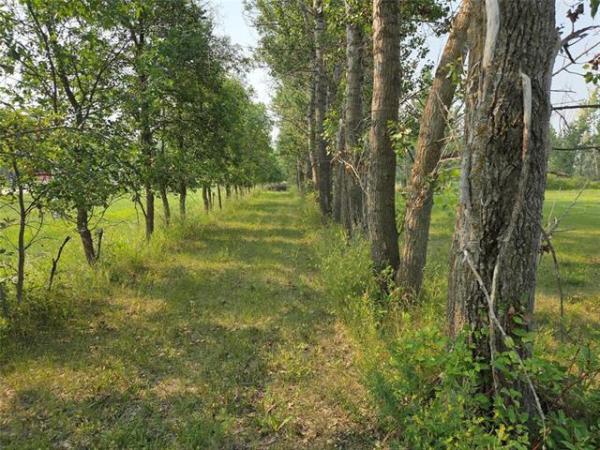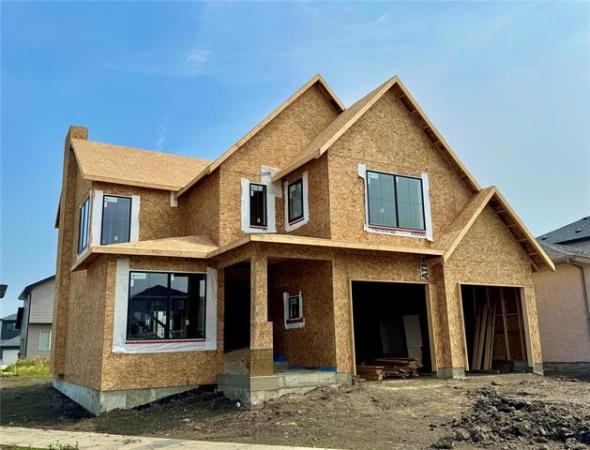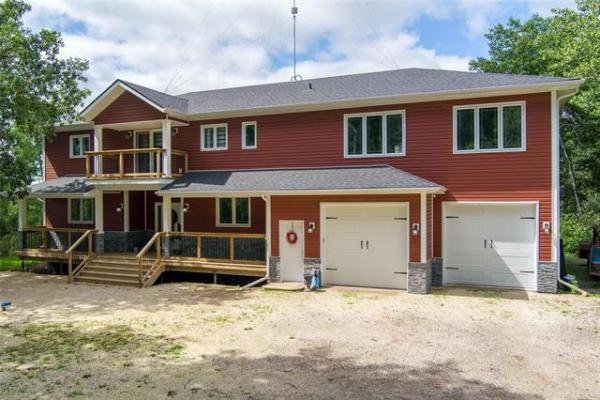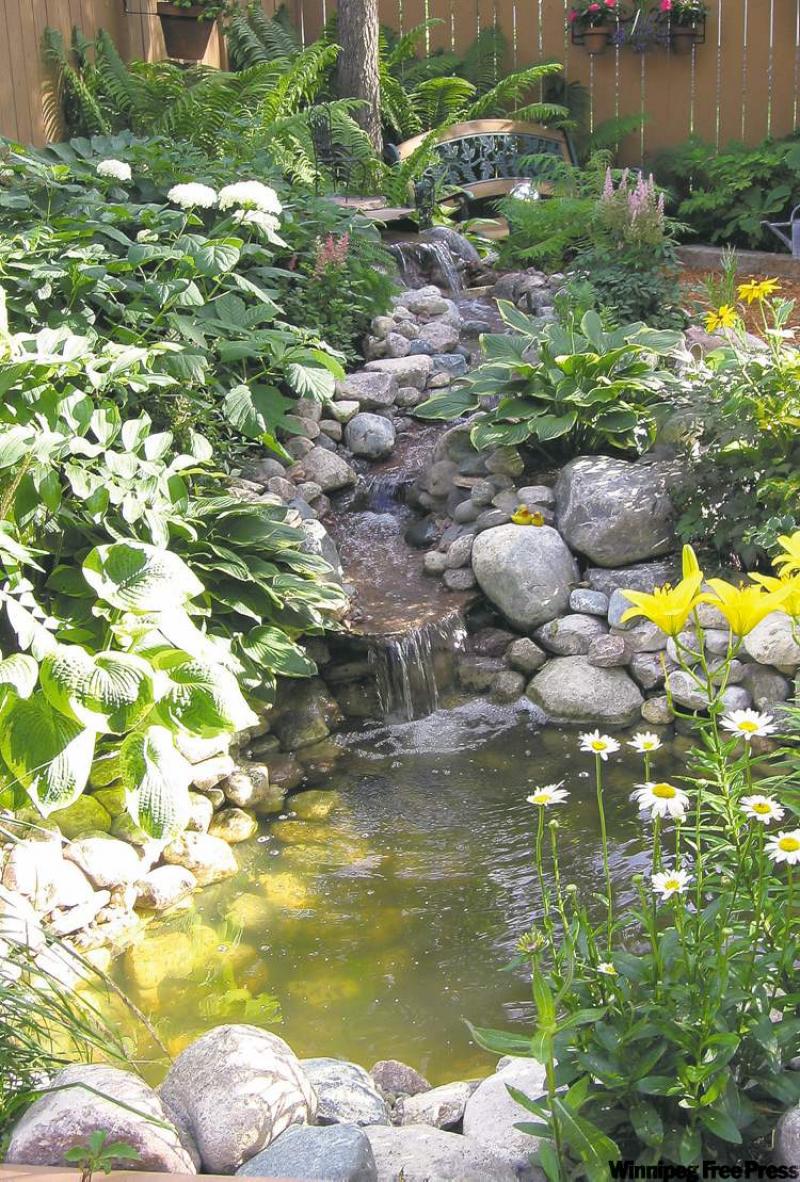
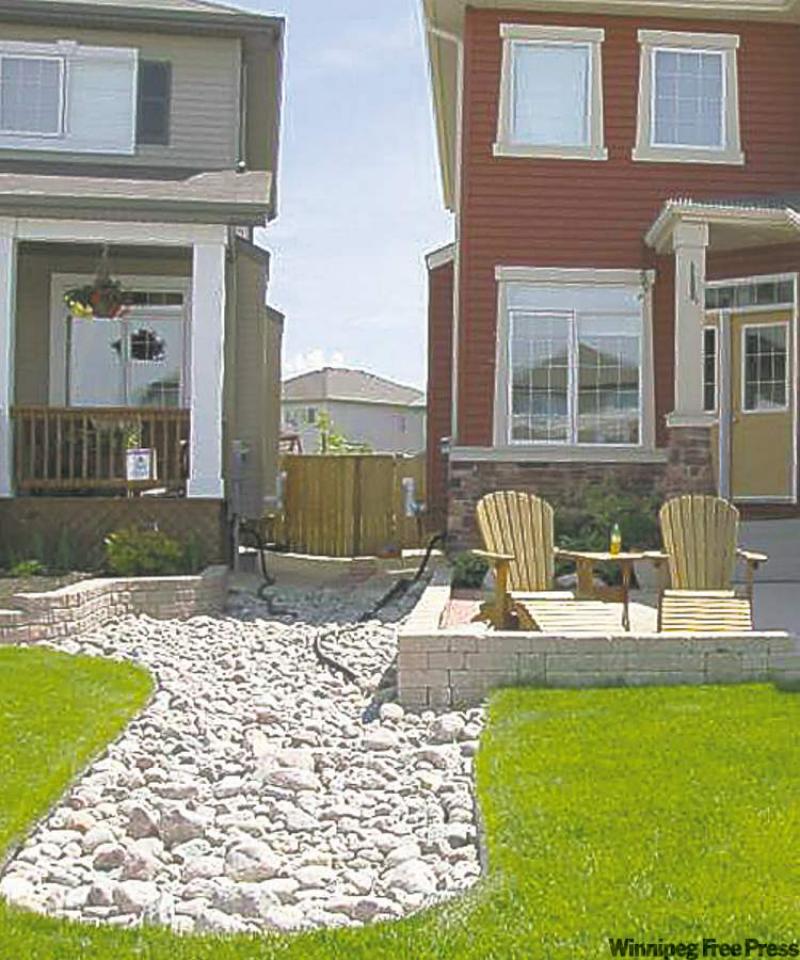
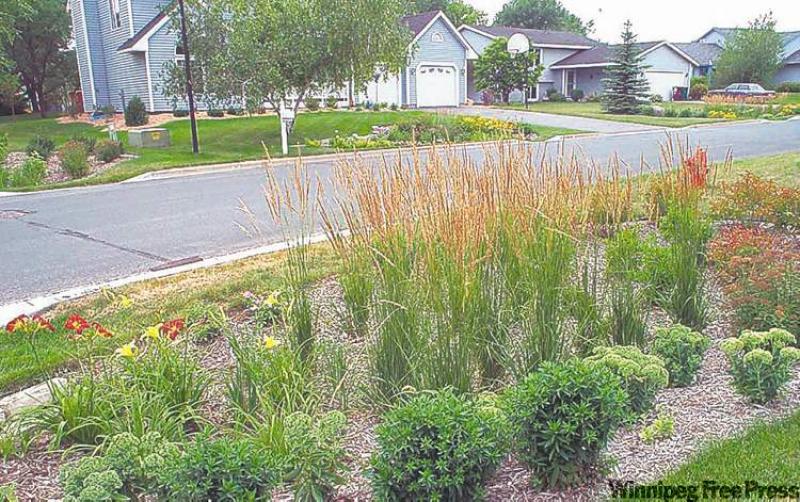
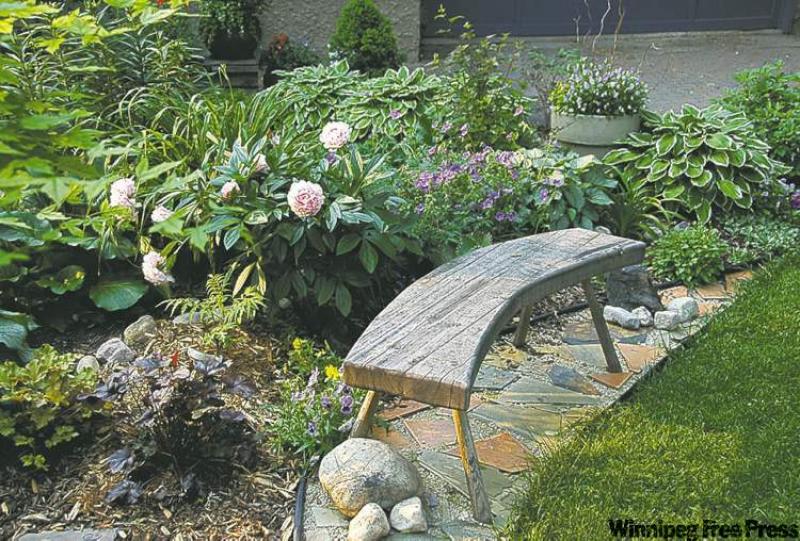
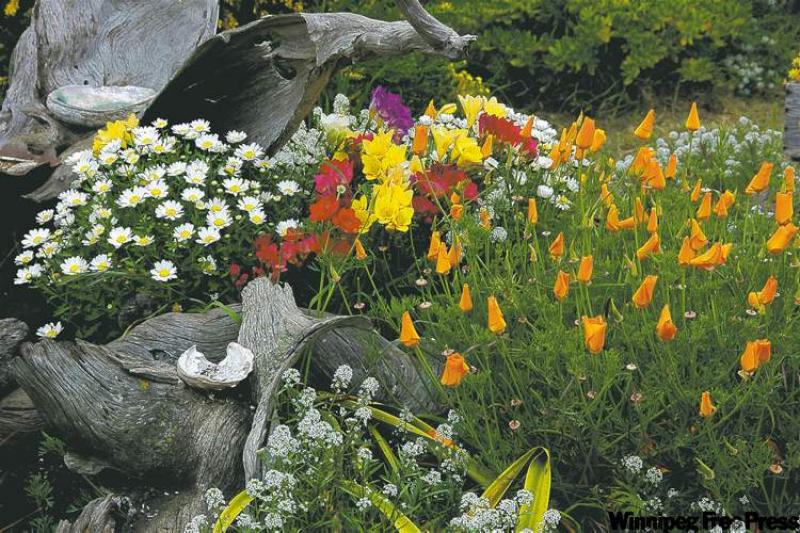
"Rain, rain, go away. Come again another day... ”
Last year, Manitobans experienced plenty of rain events and, in the coming year, with soils already saturated, added precipitation will pose its challenges to gardeners.
Rain can be a good thing for container or vegetable gardeners, but it can also cause many problems for homeowners during heavy downpours. Anyone with a basement knows how important a sump pump is for keeping water from seeping in through the foundation. However, if the sump pump discharges onto your property and not into a sewer system, problems with landscape drainage can arise.
A simple way to address this problem is to build a so-called French drain. A trench about two feet deep is dug at the base of the problem area and filled with gravel. For serious drainage issues, piping can be added. This allows water to be captured and redistributed from the unwanted area.
Colleen Watson from Watson Designs in Landscaping says an important thing to keep in mind is that "pipe(s) must be installed at a slope (some municipalities legislate a five-degree slope) so the water drains out. (This is) especially important during freezing and thawing." Turf can also be installed over top of the gravel bed to make it less noticeable.
Brady Fisher from Fisher Landscaping agrees. "As far as the sump pumps and drains go, I try to bury them as often as I can. Barkman sells a drain grate that all the water can be directed into. Beneath the grate, I install four-inch drain pipe and, as long as the pipes are installed properly, this is the best way to remove the clutter from walkways."
Another alternative is to create a rain garden. In many parts of the U.S., homeowners are catching on to this idea, but it has been slower to take hold in Canada.
A rain garden is a landscaped area, with native plants, that soaks up rainwater runoff. This runoff can be from a sump pump discharge, drain spout or even runoff from lawns and driveways. The rain garden fills with water that slowly infiltrates into soil. Compared to a traditional lawn, a rain garden can absorb 30 per cent more moisture into the ground.
Is a rain garden only for people who have problems with sump pump water discharge? Absolutely not. A rain garden can be used by anyone to help reduce the amount of water collected by a home's sump pump, decreasing the amount of water entering the sewer system. Consequently, this can help prevent sewer backups, which are caused by excess storm water overloading the sewer system.
As cities and suburban areas grow, paved streets, driveways, roofs and sidewalks replace surfaces that once were able to absorb and filter rainwater.
This increase in surface runoff can lead to flooding and also carry pollutants such as pesticides and oil, as well as nutrients, directly into our drains and waterways and eventually into Lake Winnipeg. Rain gardens also provide habitat for birds and insects and they look great too.
With the threat of West Nile virus looming every summer, a common question is whether rain gardens would provide a breeding ground for mosquitoes. The answer is no. In a properly designed rain garden, water should not remain for a period longer than 48 hours. Mosquitoes require seven to 12 days to lay and hatch their eggs and are much more likely to prefer bird baths, storm sewers or even lawns than a sunny rain garden. The important thing to remember is that rain gardens are not meant to be permanent ponds. Most of the time, a rain garden will be dry. Only during and immediately after a rain event do they fill with water.
The first thing to consider in building a rain garden is size and location. Don't locate it within 10 feet of your home's foundation, as this may lead to water seeping into the foundation, or over a septic field. To capture roof runoff only, place the garden closer to the house, or farther out on the lawn to intercept both roof and lawn runoff. Popular shapes can include crescent, teardrop or kidney. Size is largely dependent on cost and the amount of water draining into the area, but typical sizes range from 100 to 300 square feet.
An average rain garden is between four and eight inches in depth. Any deeper and water may pond for too long. A good rule of thumb is: The higher the slope, the deeper the garden. It is important that the rain garden is level, so extra soil may need to be added to maintain the same height throughout the garden. Another factor that will affect your rain garden is soil type. Find out what type of soil you have in your yard in order to determine if you need soil amendments such as sand or peat to help increase infiltration. Soil type will also play a role in calculating the size of the rain garden. Sandy soils can support a rain garden that is smaller and deeper, whereas clay soils require a garden that is larger and shallower.
There are many resources available to assist in the design, construction/planting and maintenance of rain gardens. Visit the Seine-Rat River Conservation District's rain garden webpage (http://www.srrcd.ca/raingardens.php) or your local landscape designer or greenhouse. A rain garden can be a unique way to address drainage issues on your yard, but it can also contribute to environmental benefits for your whole neighbourhood.
Kristy-Layne Carr is district manager for the Seine-Rat River Conservation District.

